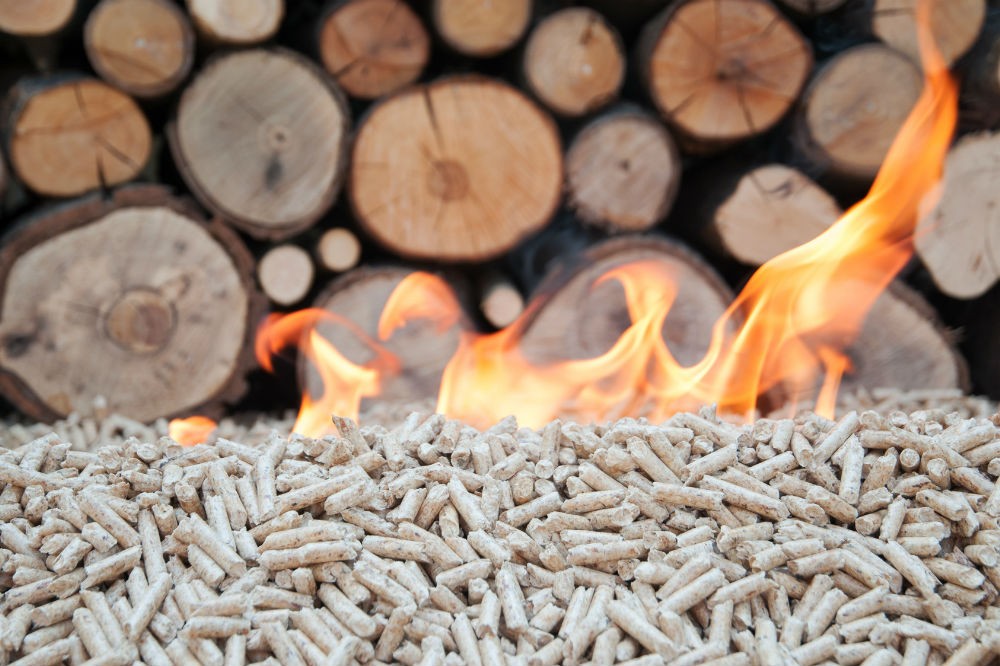Wood stoves have been around for centuries. It’s possibly the universal traditional cooking equipment in most countries even though it might not look the same in each region. This shouldn’t really come as a surprise, especially since wood is the most readily available source of fuel in most locales, so naturally, it can be one of the first things used by many to help cook their meals and warm their homes.
Today, wood stoves are coming back in style. In fact, according to the Environmental Protection Agency (EPA), over 12 million people in the US rely on wood burning stoves to generate heat for their homes, and many are also building their own double barrel wood stoves with heat exchangers.
It’s also easy to say that a lot more use wood stoves for cooking their meals on a regular basis all over the world. So, yes, wood stoves aren’t necessarily a new or fresh concept in this new millennium.
However, compact wood stoves used for camping are definitely making a comeback. Not only do they come in handy for those who like to pack lighter on their backpacking trips, but these products are also excellent emergency supplies as they don’t require you to stock any kind of fuel. Often affordably priced, lightweight, portable, and made of high-quality materials and craftsmanship, they’re definitely worth the investment.
How Wood Stoves Work
Understanding how wood stoves work is pretty easy. As these products are basically just chambers where you put the fuel source, may it be twigs, kindling, wood chips, pellets, or other small combustible material found in the wilderness. They work by using not just the actual flames to cook your food or heat your water but also the gases that are produced in the process of burning your choice of fuel.
As the fire calms down, it heats the air inside the chamber which will then move around and create a bellows effect. This creates what they call the secondary combustion which helps create a hotter and more efficient flame that will help cook your food quickly and with great ease.
When it comes to successfully working with wood stoves, there are three important factors that you should never forget:
Keep the Fire Burning
To be able to finish cooking eggs or cooking some beans, you’ll need to ensure that the fire continues to burn. This means that you have to keep on feeding it the things it needs: fuel and air.
Air intake comes easy for those with commercial wood stoves but it can be a challenge for those who decided to DIY theirs. Most units today have air holes at the bottom, while others have additional holes at the top near where the flame touches the pot. The one at the bottom feeds air to the fire, while the one at the top does the same while also allowing you to easily feed it more pieces of fuel.
Keep It Stable
To avoid any wastage of food and endangering Mother Nature and yourself from a forest fire, it’s integral that a wood stove is sturdy and stable. This will help ensure that it will stay the right position where it should be, preventing any costly and risky mishaps along the way.
Fueled by Nature
Dried twigs, pine cones, and other flammable debris are good fuel sources because you’re actually helping make use of discarded pieces in the process. What’s even better is that as long as you’re in the woods, you’ll always find excellent fuel sources without a fuss.
3 Things You Need to Know to Make the Most Out of Your Wood Stove
To help you make the most out of your wood stove, here are a few things to remember:
Patience is a Virtue
Wood stoves are not known for their quick cooking capabilities so it will be better if you can find a unit that will be efficient as well.
Ash is Recyclable
Did you know that the ash your wood stove makes can be recycled? If you use one at home, you should definitely save the ash in a tight lid jar. You can use it to make soap or polish metals, making it really handy and economical.
Learn a Few Cleaning Tricks
Wood tends to blacken cookware, so be ready for that as well. If you’re not too keen on scrubbing your wood stove clean to return them to their previous glory, fret not. There are tricks like using aluminum foil as a barrier between your cookware and the flame or coating your pot with a thin layer of dishwashing liquid to make cleanups a breeze.
Conclusion
Wood stoves for camping are certainly no-brainers in terms of how they work. They’re perfectly simple yet effective, making them great picks for those who want fuss-free products. If you’re one of these folks who’d prefer to get the job done without too many bells and whistles, this product might just be the perfect pick for you.

